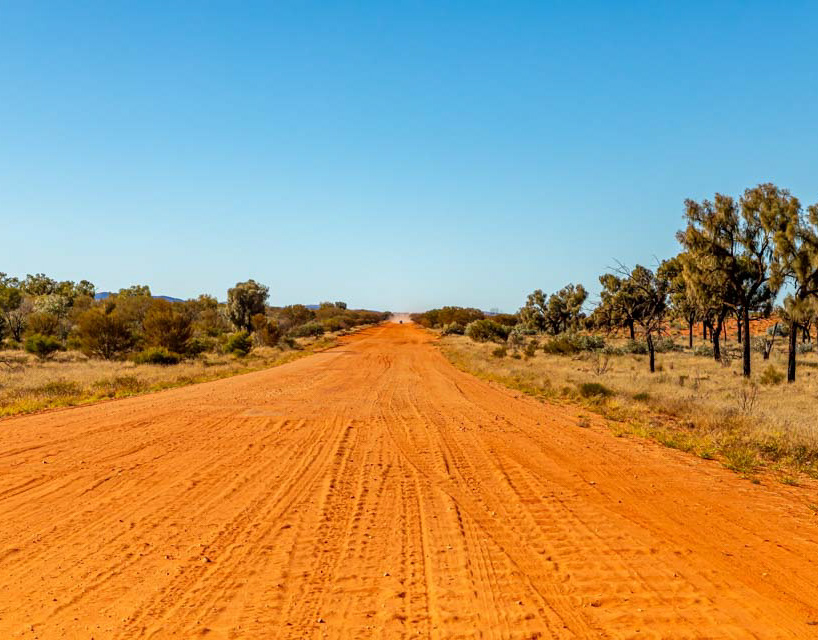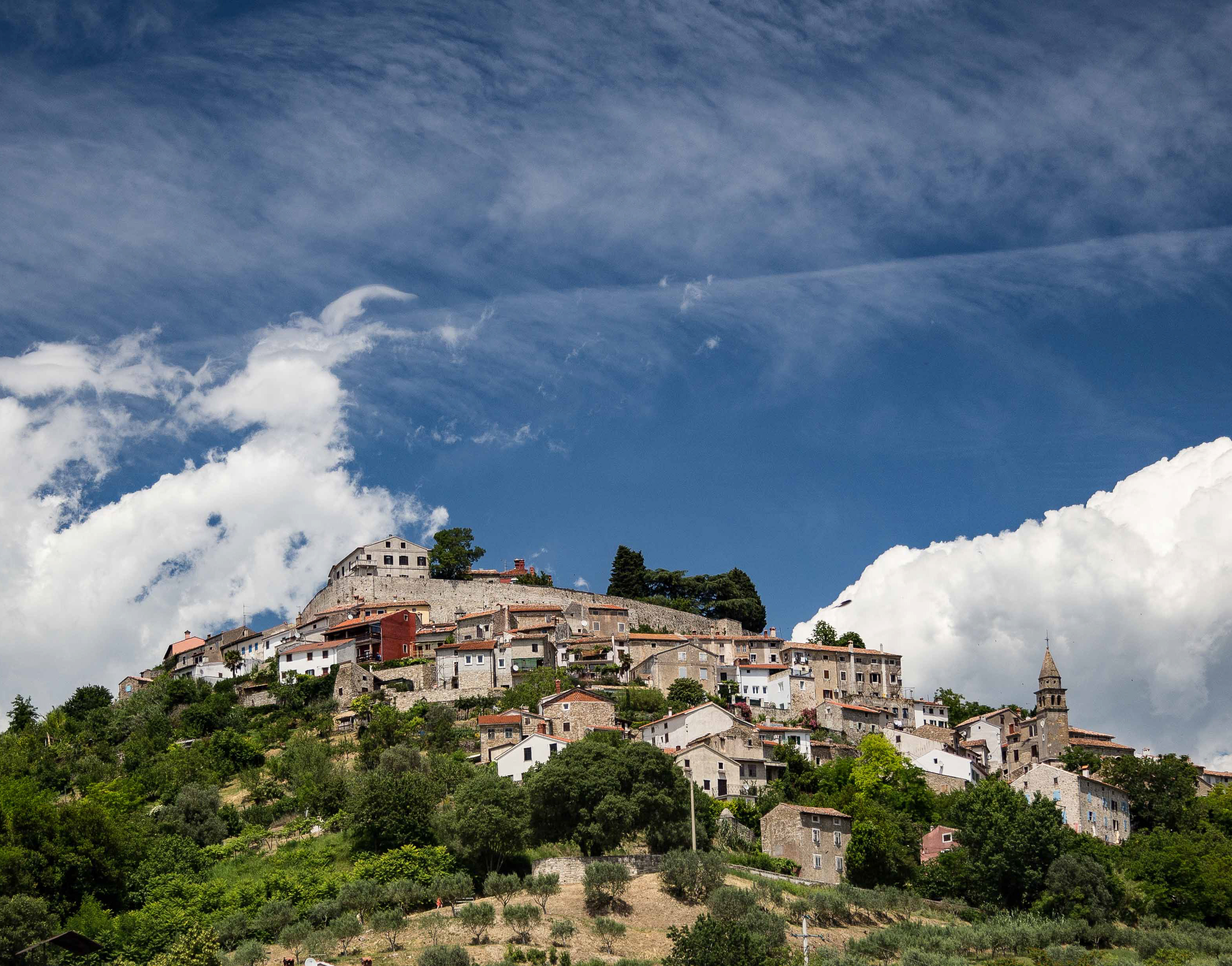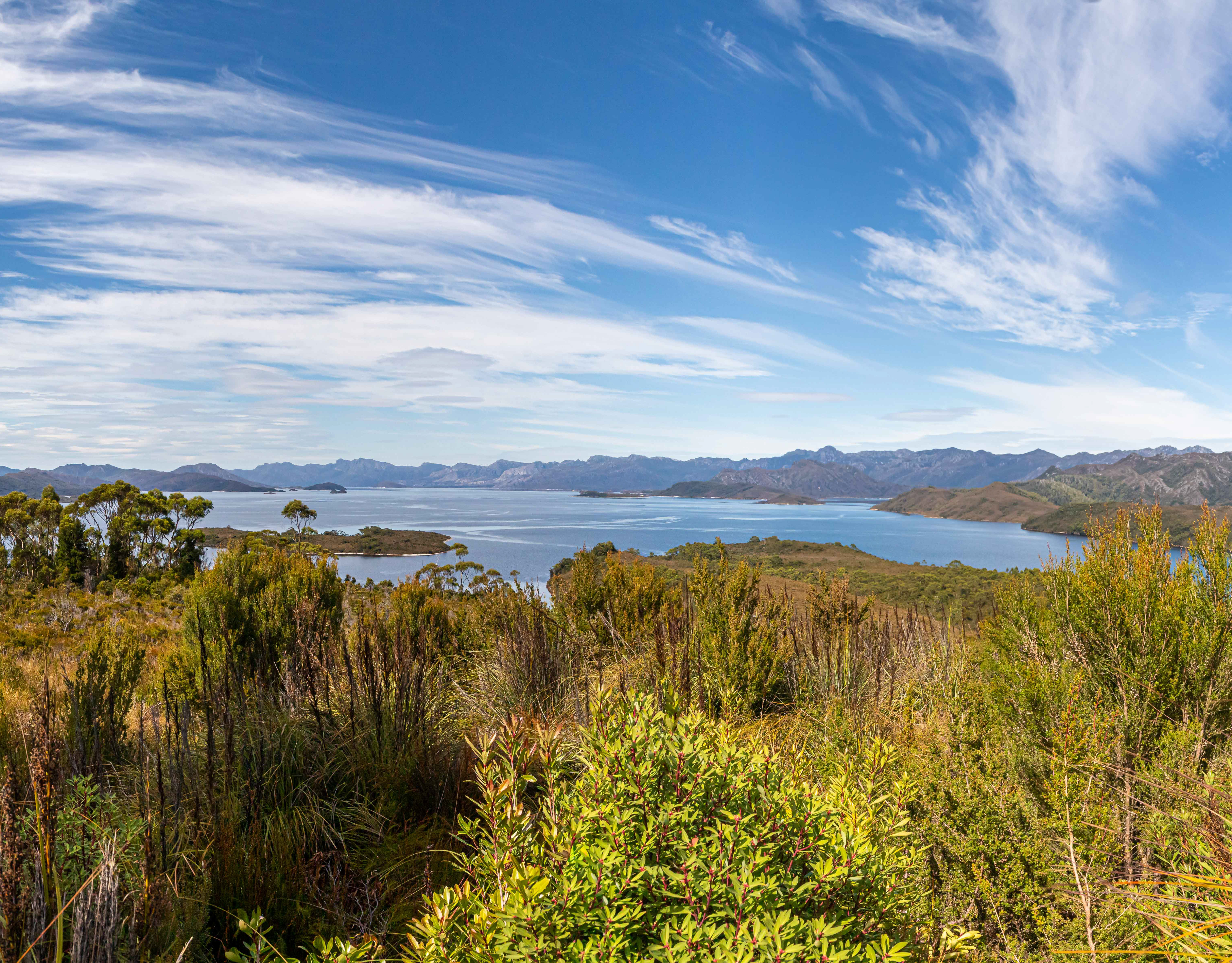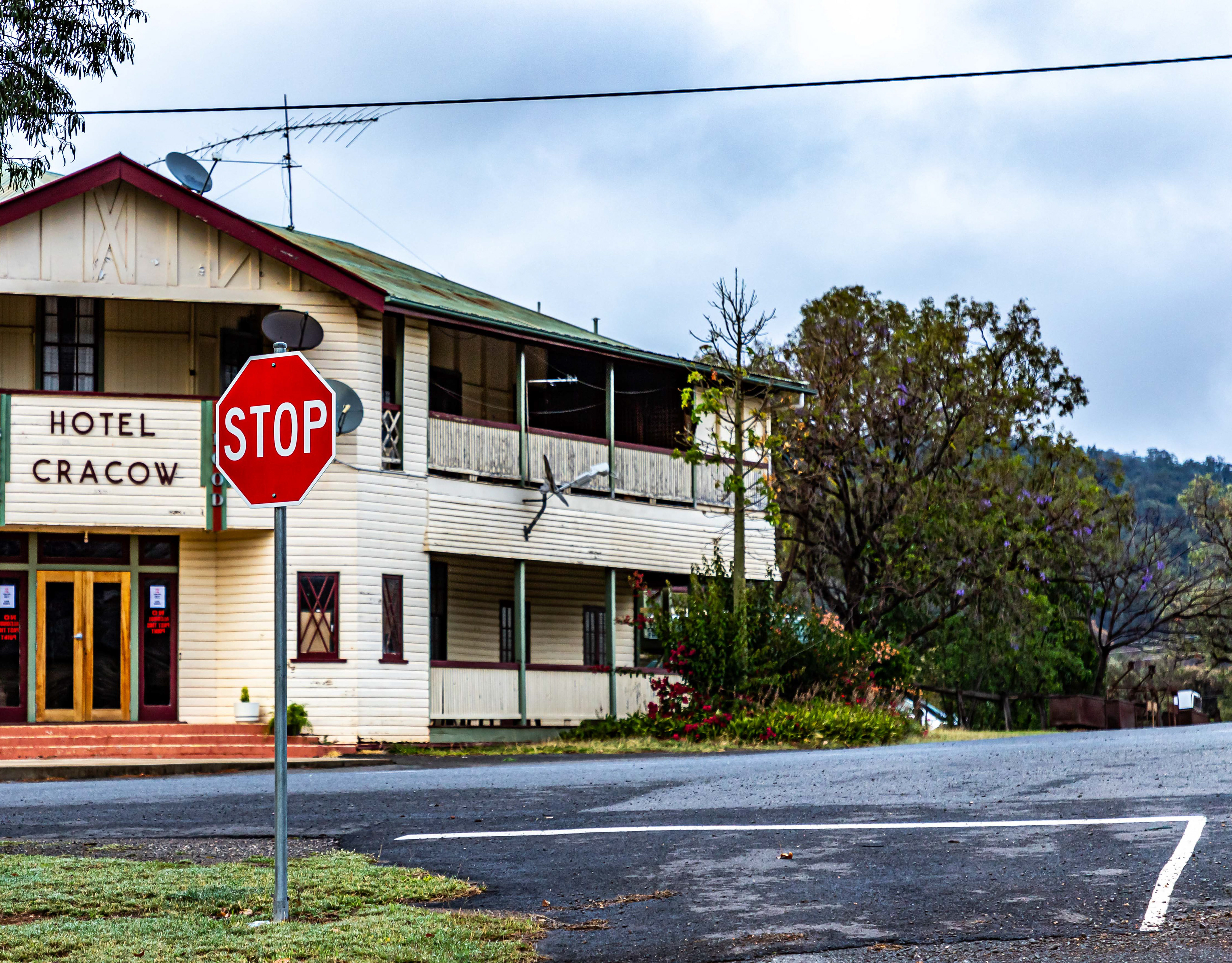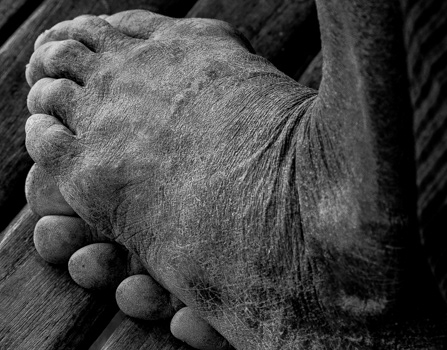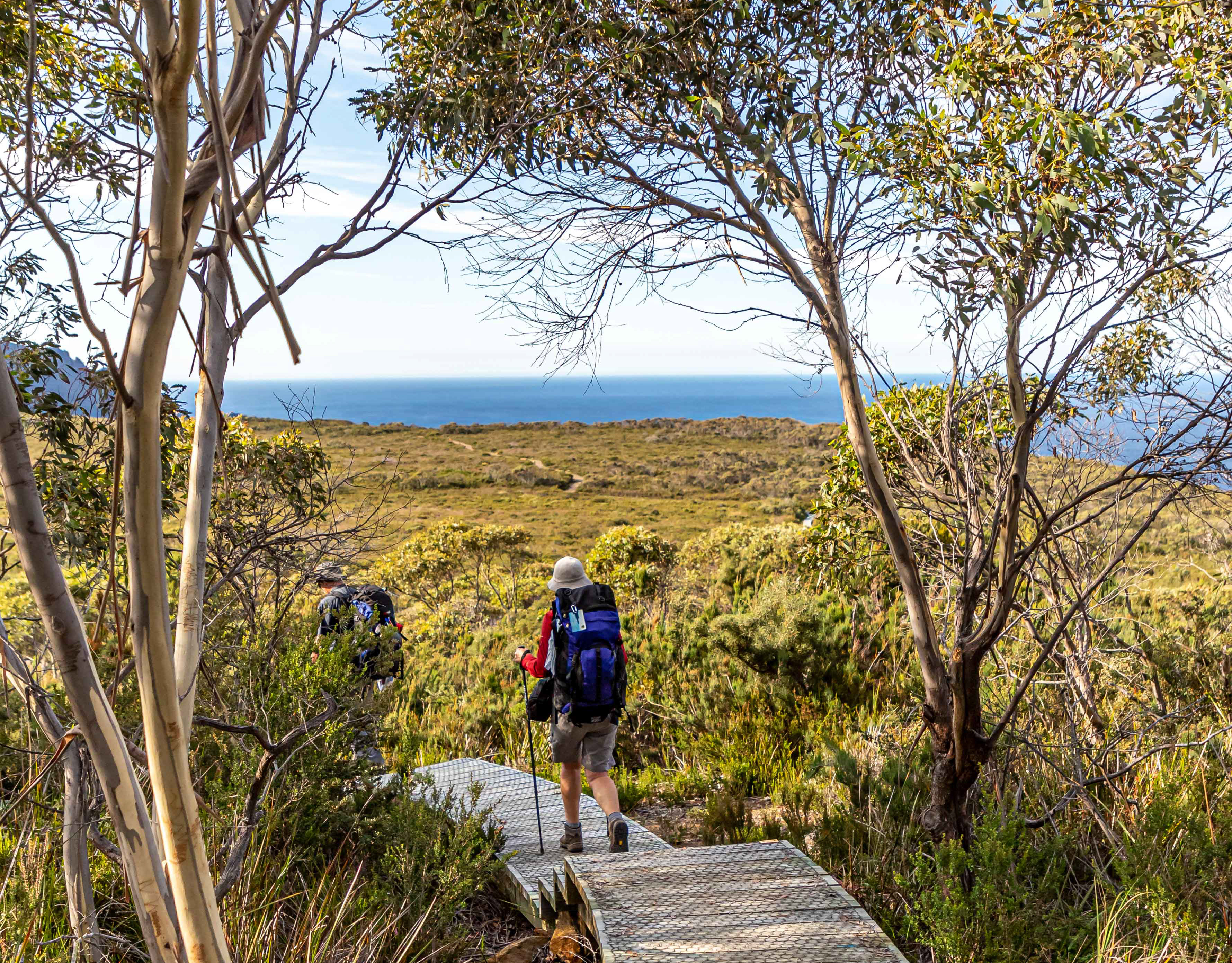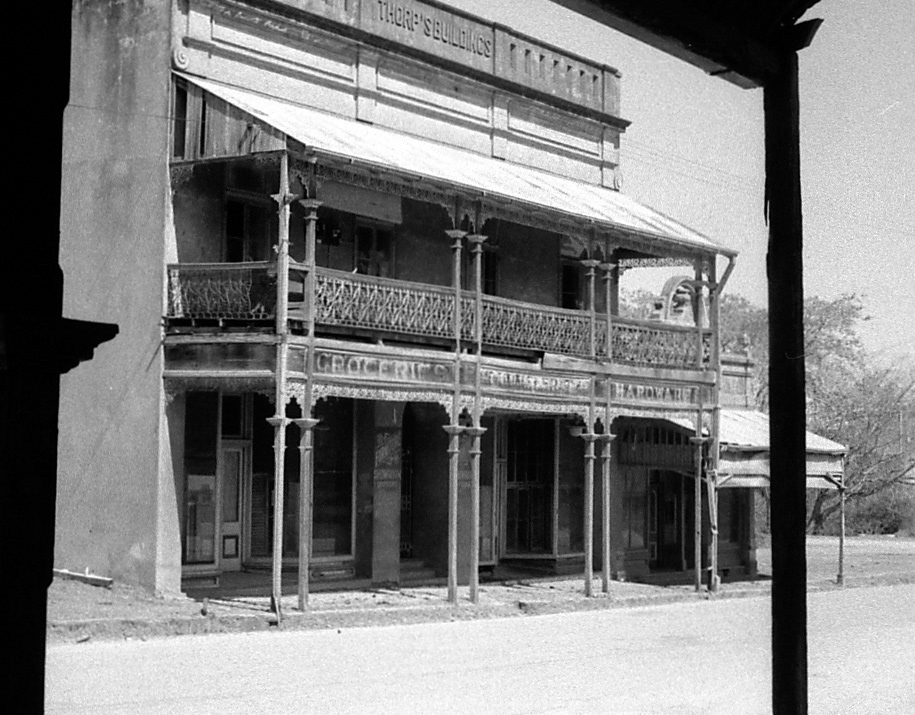Balcanoona Bluff, Gammon Ranges, South Australia
Weetootla Gorge, Vulkathunha-Gammon Ranges National Park, South Australia
Waukaringa, SA. A lonely chimney stack from the gold mining era in the 1870s..
Waukaringa, ghost town, SA
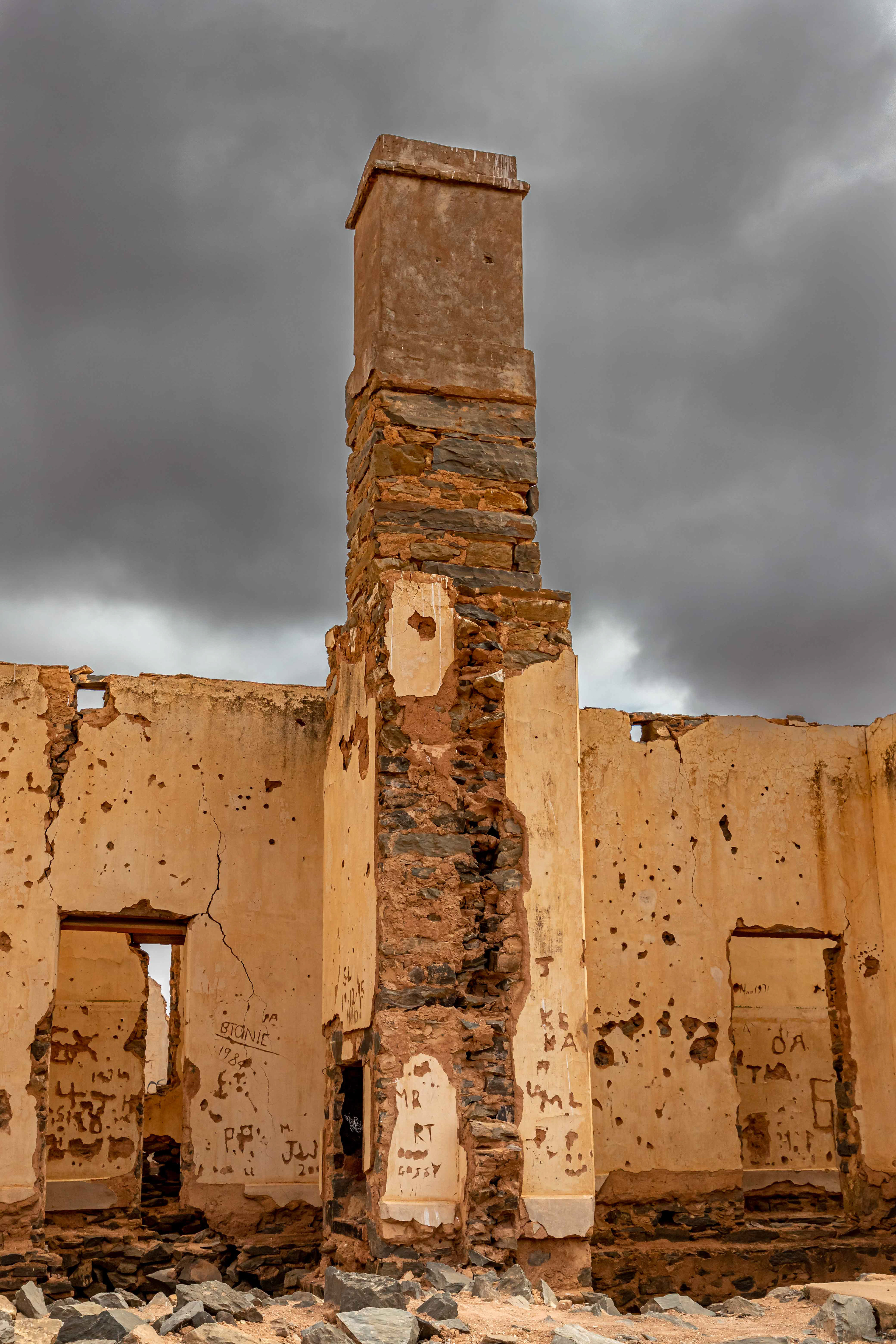
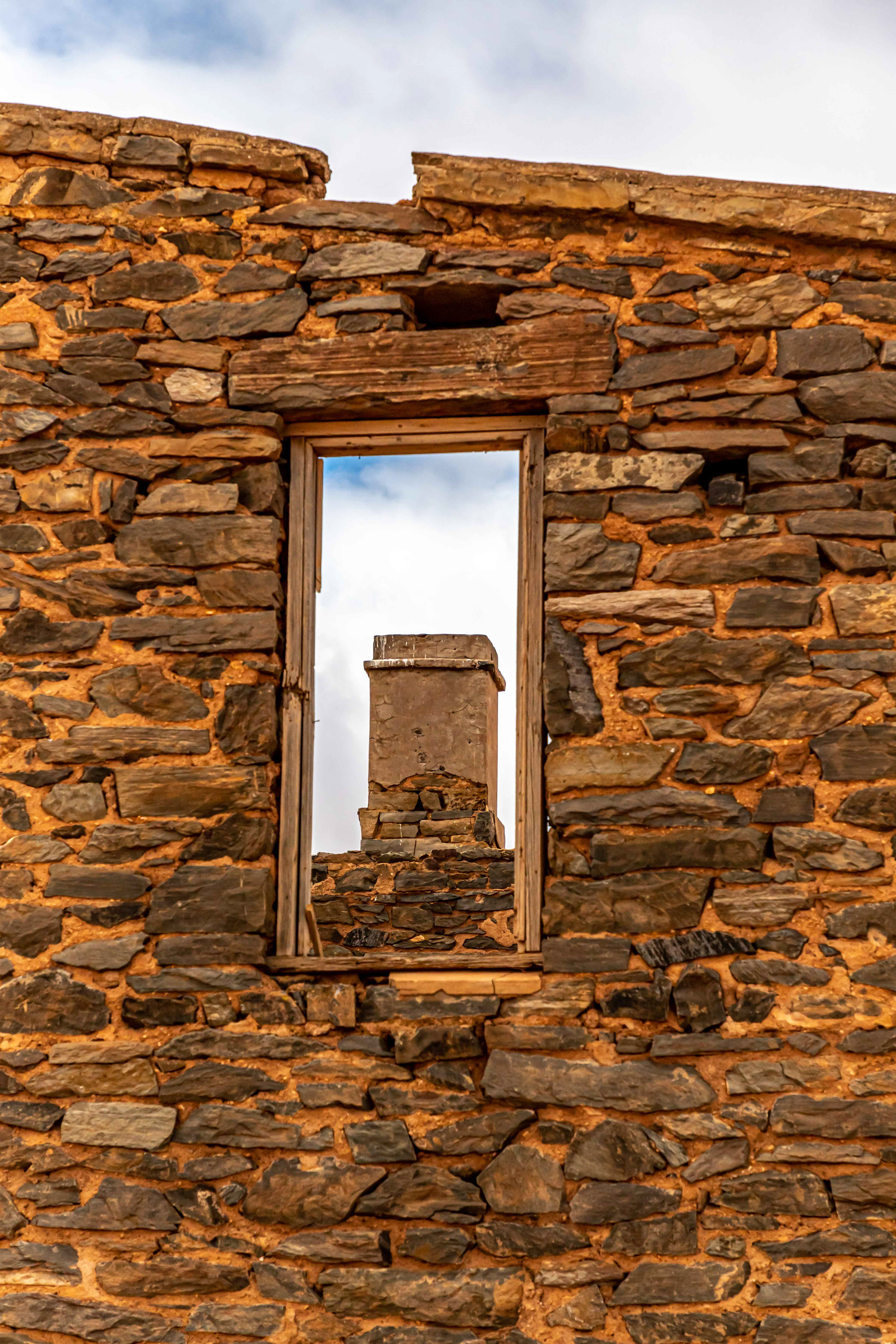
Target practice Waukaringa ghost town, SA
Terowie, not a ghost town but not far off. It started as a pastoral supply town but morphed into an important railway town in the 1890s when 'break of gauge' between standard (to the south) and narrow (to the north) met in the town. This necessitated passenger and goods transfer between gauges prior to continuing travel. A highly inefficient way to run a railway but one sadly replicated across Australia. This required a large labour force which boosted the population to 800-900. The railway closed in 1970 and so did the town. While it is now a shadow of its former self, a legacy of beautiful colonial architecture remains which attracts railway and architectural buffs as well as those looking for movie sets.
Coffee is not a new phenomena
Terowie is also known for its auto dump. Beautiful examples of Australia's mid-century automobile industry, slowly rusting in the shade.
The childhood home of Sir Hubert Wilkins, a renowned arctic and antarctic explorer who died in 1958. He did not achieve the fame that should have been his in Australia but he did in the USA and Europe where he is ranked with the famous arctic explorers of the early and mid-20th century. He is a hero to me due to his incredible bravery, his ability as an explorer, and his skills as an engineer and photographer. To name a few of his achievements: He was a war cinematographer on the Western Front in WW1 where he was awarded the Military Medal & Bar; made the first trans-arctic flight (3350 km in 20.5 hours); undertook the first flights in Antartica; completed the first circumnavigation of the earth in the Graf Zeppelin airship (in 22 days) and made the first under-ice voyage by submarine. He never did get to the North Pole by submarine when alive (one of his goals) but his ashes were scattered there by the crew of the nuclear submarine USS Skate, the first sub to surface at the North Pole in 1959.
And all from humble beginnings on a farm at Mt Bryan, north of Burra in rural South Australia.
Typical South Australian colonial farm house, built of stone and tin. This one stands about 3 km north of the mid-north town of Burra. It is something of a local tourist attraction as its photo adorns the cover of the Midnight Oil album 'Diesel and Dust'.
Burra open-cut copper mine. Copper was mined from the 1840s through to the 1870s when it became uneconomic.
On the way to the Murray mouth. Wildlife of the Coorong National Park


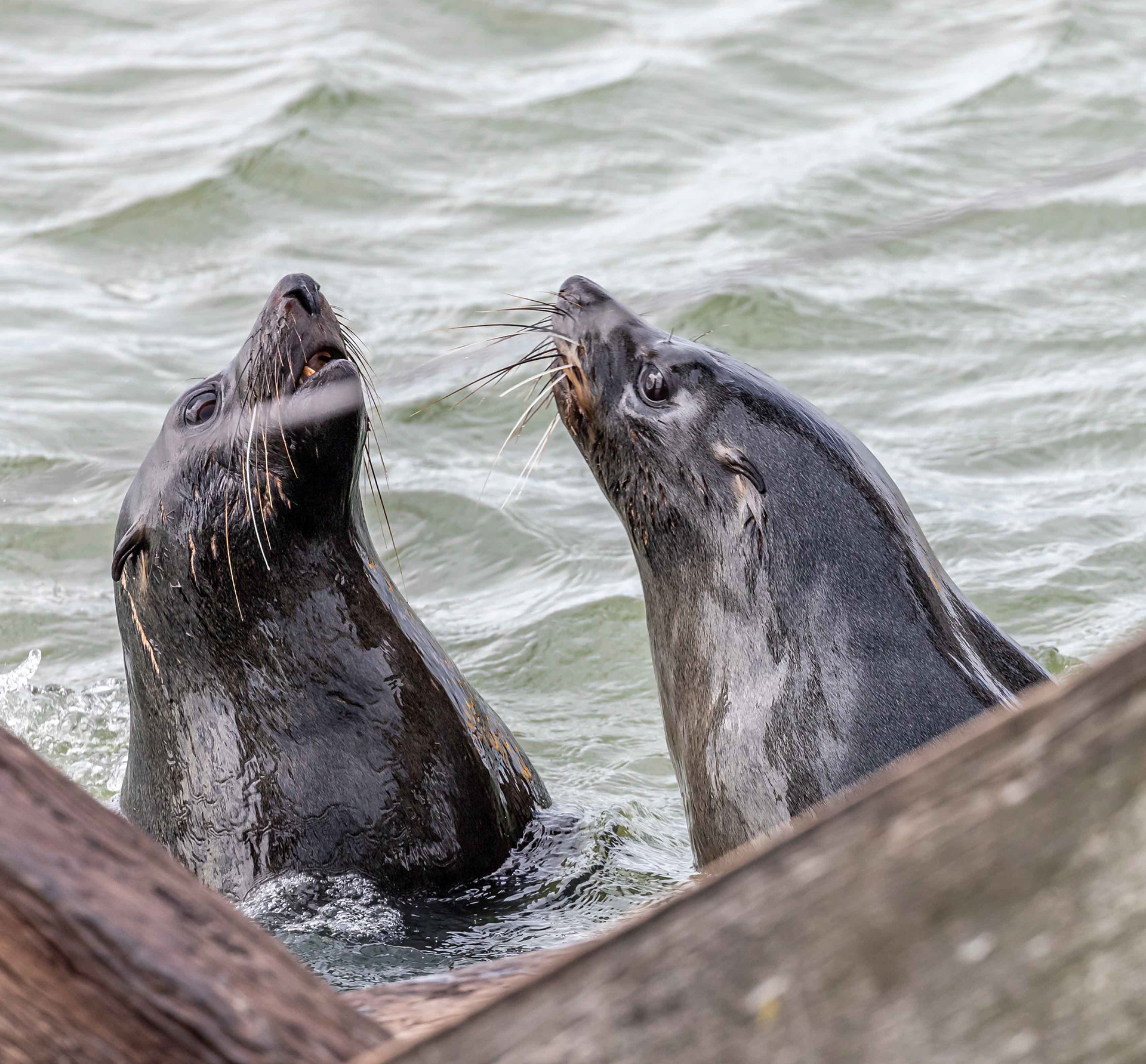
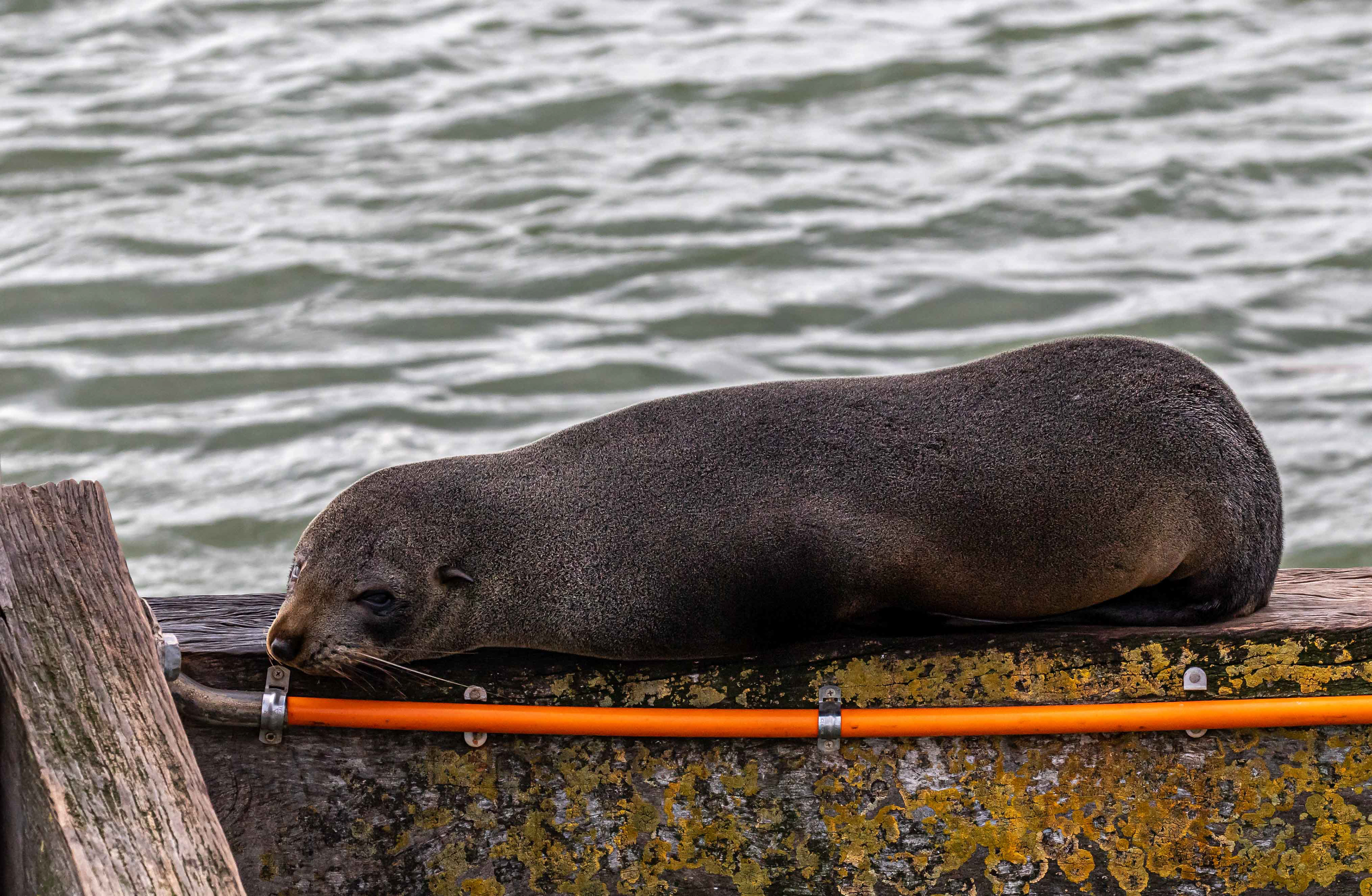
Views of the Great Southern Ocean from the Murray mouth. Next stop Antarctica
The Murray mouth requires constant dredging to maintain connectivity between the river, the Coorong and the Southern Ocean, to discharge salt and other nutrients out to sea, and to maintain healthy ecosystems in the Coorong
Beachport, South Australia
